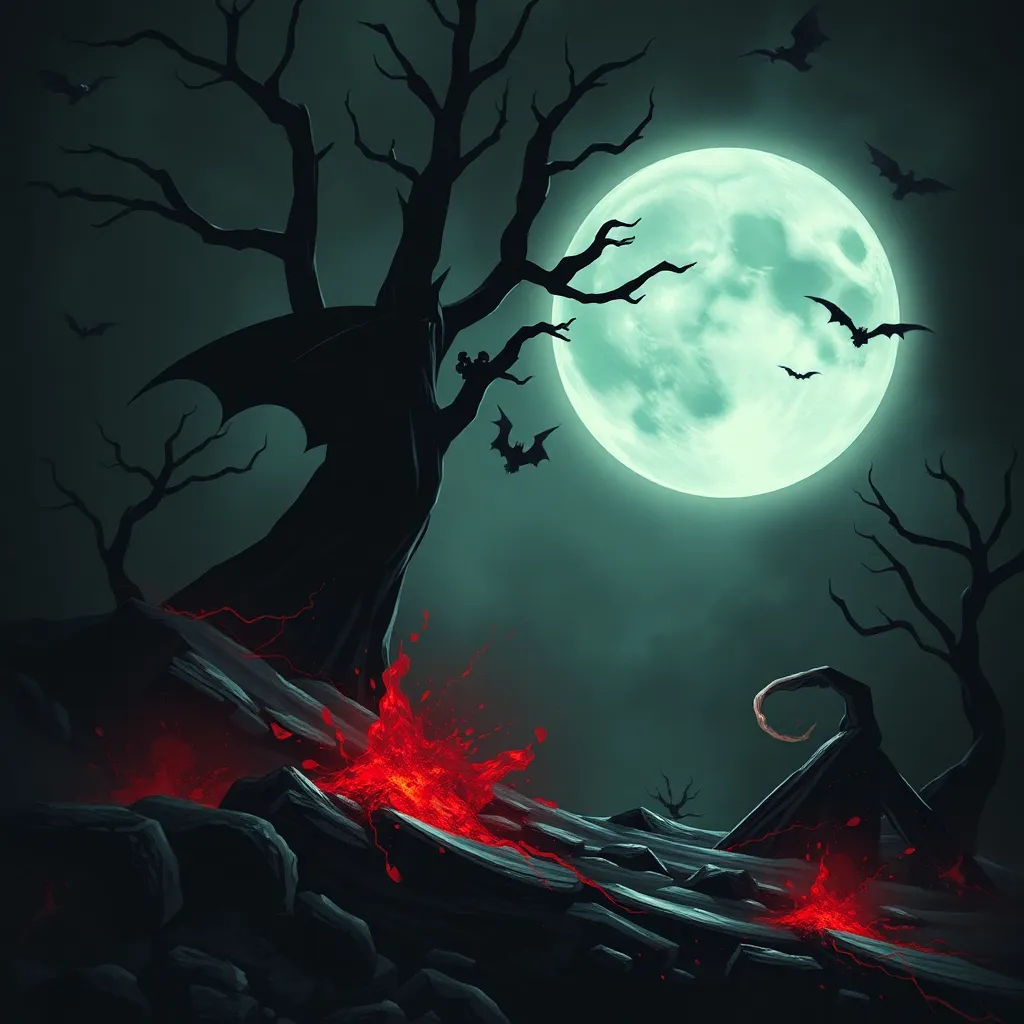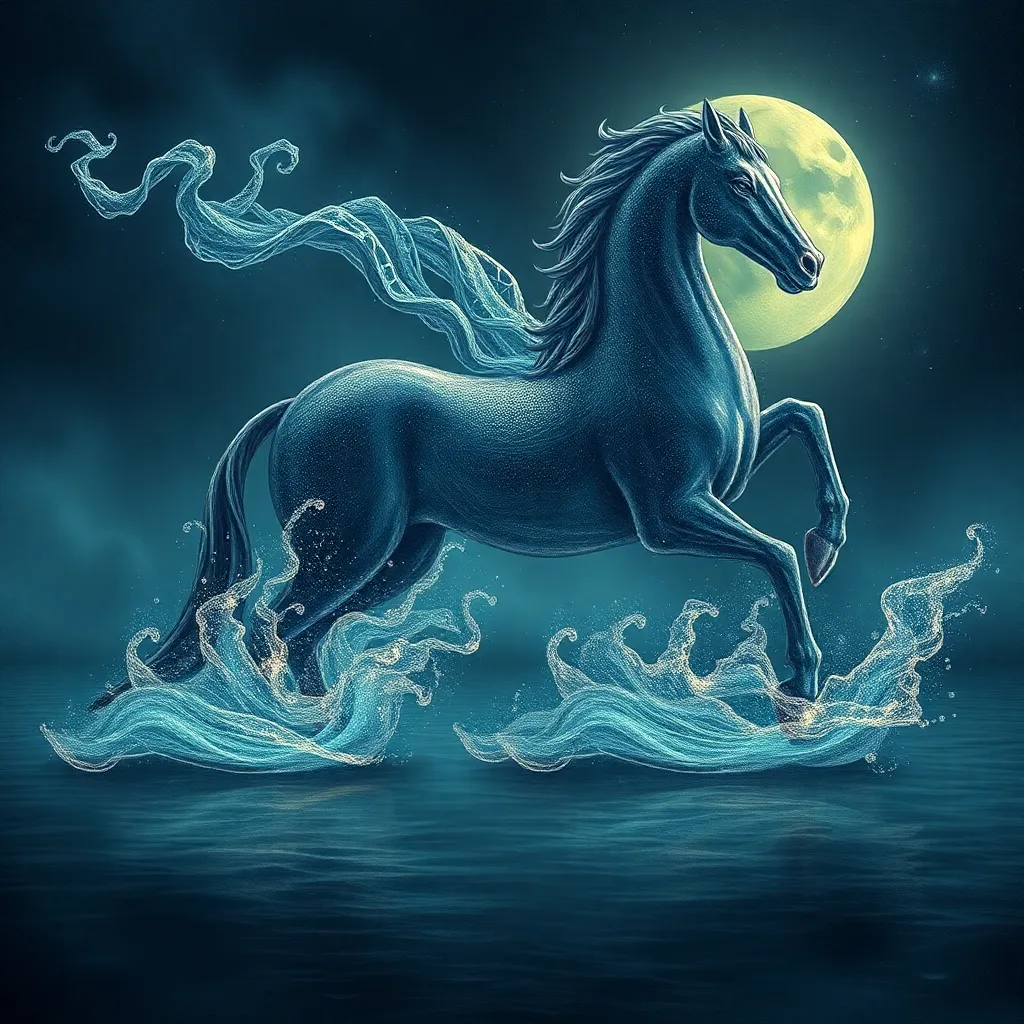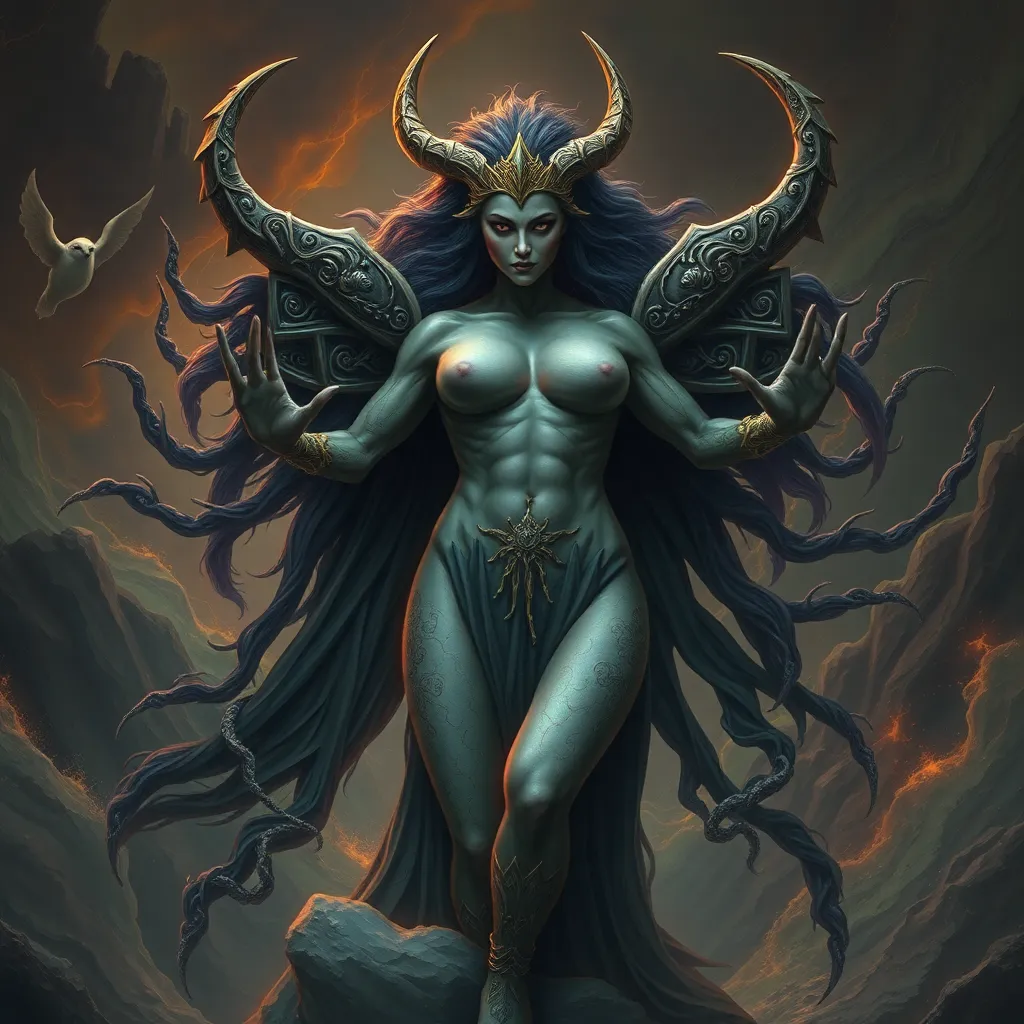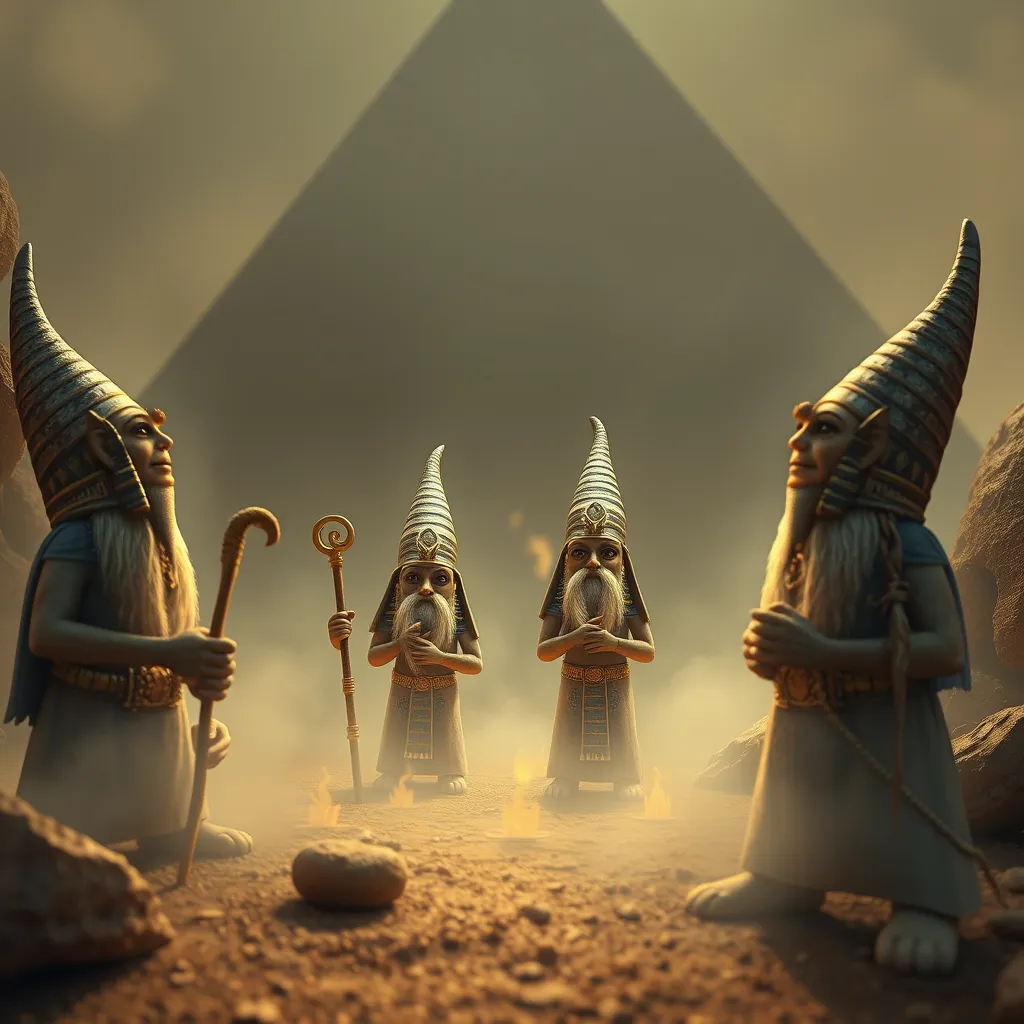The Vampire’s Weakness: Examining the Myths and Legends Surrounding Vampire Vulnerabilities
I. Introduction
The mythology of vampires has fascinated cultures around the world for centuries. These nocturnal creatures, often depicted as seductive yet monstrous, have become ingrained in various traditions, each with its unique interpretations and beliefs. Understanding the vulnerabilities of vampires is essential, not only to appreciate the folklore surrounding them but also to explore the cultural fears and values they represent.
This article seeks to delve into the myths and legends surrounding vampire weaknesses, examining their historical context, common vulnerabilities, cultural variations, and modern interpretations. By doing so, we can gain a deeper understanding of the enduring allure of vampire mythology.
II. Historical Context of Vampire Legends
The origins of vampire folklore are as diverse as the cultures that birthed them. From ancient civilizations to modern society, vampire myths have evolved, influenced by local beliefs and historical events.
A. Origins of vampire folklore in different cultures
Many cultures have their own versions of vampire-like beings. For instance:
- Mesopotamia: The ancient Sumerians spoke of a creature known as the “ekimmu,” a restless spirit that returned to haunt the living.
- Romania: The “strigoi” are believed to be the spirits of the dead who rise from their graves to feed on the blood of the living.
- China: The “jiangshi” is a reanimated corpse that drains the life force of the living.
B. Evolution of vampire myths over time
As societies evolved, so did their interpretations of vampires. The shift from folkloric tales to romanticized versions in literature and film marked a significant change in how these creatures are perceived.
C. Key figures and texts that shaped vampire narratives
Notable figures and works, such as Bram Stoker’s “Dracula,” have significantly shaped modern vampire narratives, introducing themes of seduction and horror, which have become staples in vampire lore.
III. Common Vulnerabilities Associated with Vampires
Throughout various cultures, certain vulnerabilities are consistently associated with vampires. These weaknesses are often integral to their folklore and form the basis for narratives involving their defeat or repulsion.
A. Sunlight: The classic bane of vampires
One of the most recognized vulnerabilities is sunlight. Traditionally, exposure to sunlight is believed to cause vampires to burn or disintegrate, reinforcing the connection between darkness and their power.
B. Holy symbols: Crosses, holy water, and their significance
Holy symbols, particularly crosses and holy water, are thought to repel vampires due to their association with purity and the divine. This belief highlights the battle between good and evil present in vampire legends.
C. Garlic: Folklore and its role as a protective agent
Garlic is often cited as a potent protective agent against vampires. Its strong scent is believed to be offensive to these creatures, making it a popular talisman in folklore.
IV. Unique Vulnerabilities Across Cultures
While there are common vulnerabilities associated with vampires, regional variations reveal unique beliefs and practices surrounding these creatures.
A. Regional variations in vampire weaknesses
1. Eastern European vampires
In Eastern Europe, particularly in Slavic cultures, vampires are often believed to be repelled by specific herbs, such as sage and rosemary, in addition to traditional symbols like the stake through the heart.
2. Asian vampire myths
In Asian folklore, such as that of the “jiangshi” in China, these creatures are thought to be immobilized by the presence of rice, which they cannot cross, reflecting unique cultural beliefs.
3. Latin American folklore
In Latin America, the “El Chupacabra” showcases a different approach to vampirism, focusing on blood-sucking creatures that target livestock, demonstrating regional adaptations of vampire mythology.
B. Comparative analysis of vulnerabilities in different traditions
These regional variations highlight how cultural contexts shape the characteristics of vampire myths, influencing how societies perceive threats and protection.
V. Scientific Explanations Behind Vampire Weaknesses
While vampire myths are rooted in folklore, some scientific explanations may help contextualize their vulnerabilities.
A. Psychological theories on fear of vampires
The fear of vampires may stem from deeper psychological anxieties regarding death, the unknown, and loss of control, reflecting societal fears manifesting in folklore.
B. Possible natural explanations for vampire traits (e.g., porphyria)
Certain medical conditions, such as porphyria, have been suggested as potential explanations for the vampire mythos, as they can cause sensitivity to sunlight and other symptoms resembling vampire characteristics.
C. The role of cultural psychology in shaping vampire legends
Cultural psychology plays a significant role in how societies interpret and adapt vampire myths, with different cultures creating narratives that resonate with their unique experiences and historical contexts.
VI. Modern Interpretations and Adaptations
As vampire myths continue to evolve, modern interpretations in literature and film have reshaped how these creatures and their vulnerabilities are perceived.
A. Evolution of vampire weaknesses in contemporary media
Today, vampires are often depicted with a blend of traditional weaknesses and new, imaginative ones, such as in the “Twilight” series, where they can withstand sunlight but sparkle instead.
B. The impact of literature and film on vampire lore
Films and literature have played a critical role in redefining vampire lore, introducing new vulnerabilities and romanticizing their nature, which has significantly influenced public perception.
C. How modern creators reinterpret traditional vulnerabilities
Modern creators often reinterpret traditional vulnerabilities to fit contemporary narratives, challenging the established norms of vampire folklore and introducing complex characters.
VII. The Symbolism of Vampire Weaknesses
Vampire vulnerabilities often carry deep symbolic meanings, reflecting cultural values and societal fears.
A. Cultural significance of vulnerabilities in folklore
Vampire weaknesses symbolize the struggle between light and darkness, good and evil, often mirroring the values and beliefs of the culture in which the legends exist.
B. The metaphorical implications of vampire weaknesses
These vulnerabilities can also be seen as metaphors for human fears, such as mortality, the unknown, and the consequences of unchecked desires.
C. How these symbols reflect societal fears and values
Ultimately, vampire weaknesses serve as a reflection of societal anxieties, illustrating how cultures grapple with existential threats and moral dilemmas.
VIII. Conclusion
In summary, the exploration of vampire weaknesses reveals a rich tapestry of myths and legends that span cultures and time. From the classic vulnerabilities of sunlight and holy symbols to local variations and modern reinterpretations, these weaknesses reflect deep-seated fears and values within societies.
The allure of vampire mythology endures, inviting further research and exploration into how these legends continue to evolve and resonate with contemporary audiences. As we delve deeper into the world of vampires, we uncover not just tales of horror but also insights into the human experience, making them as relevant today as they were centuries ago.



